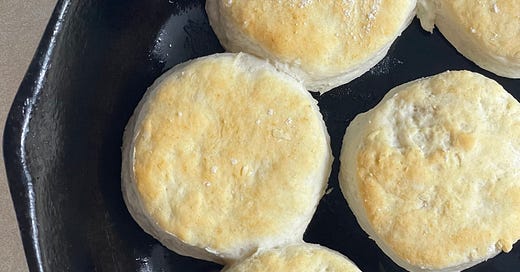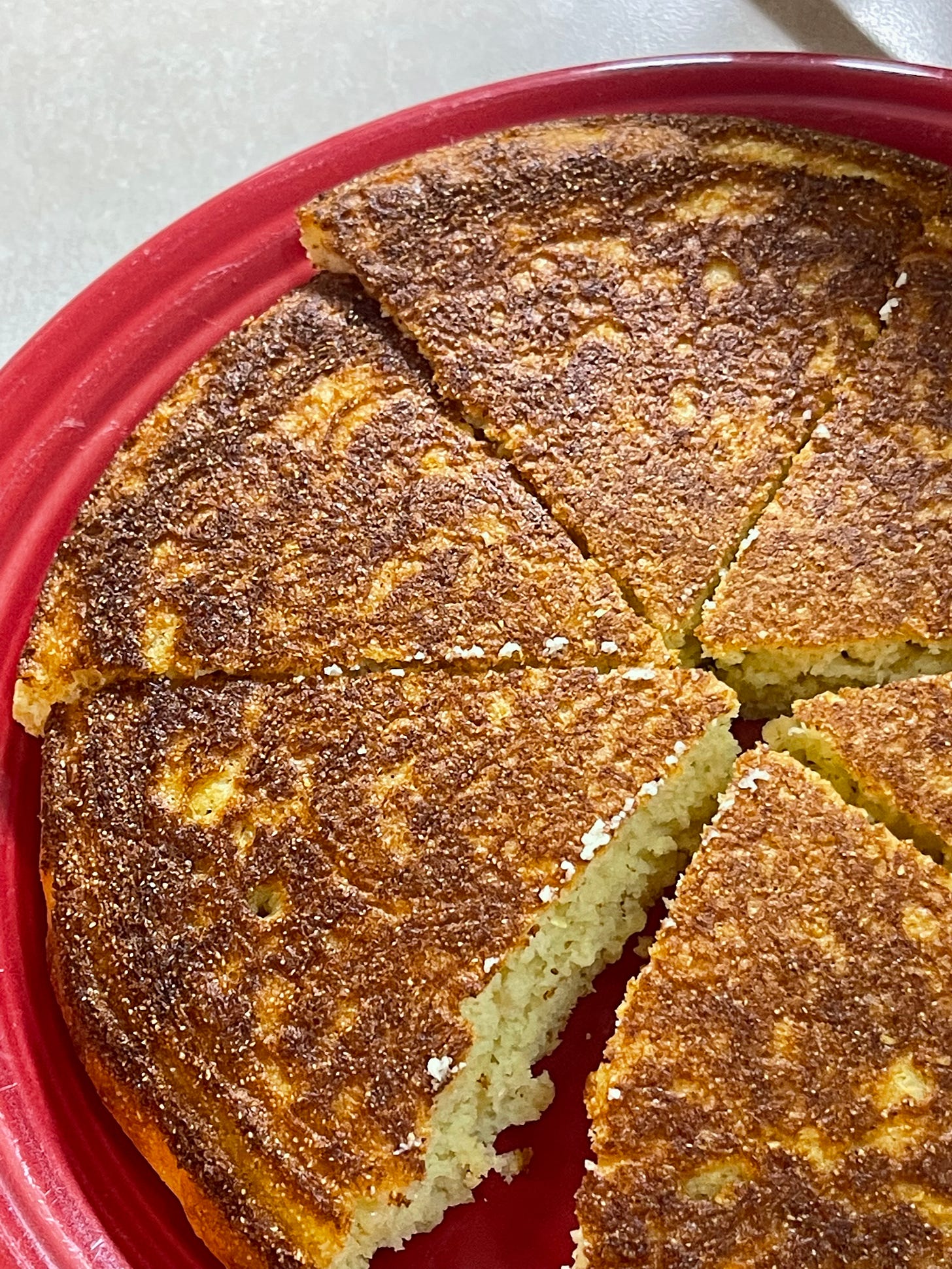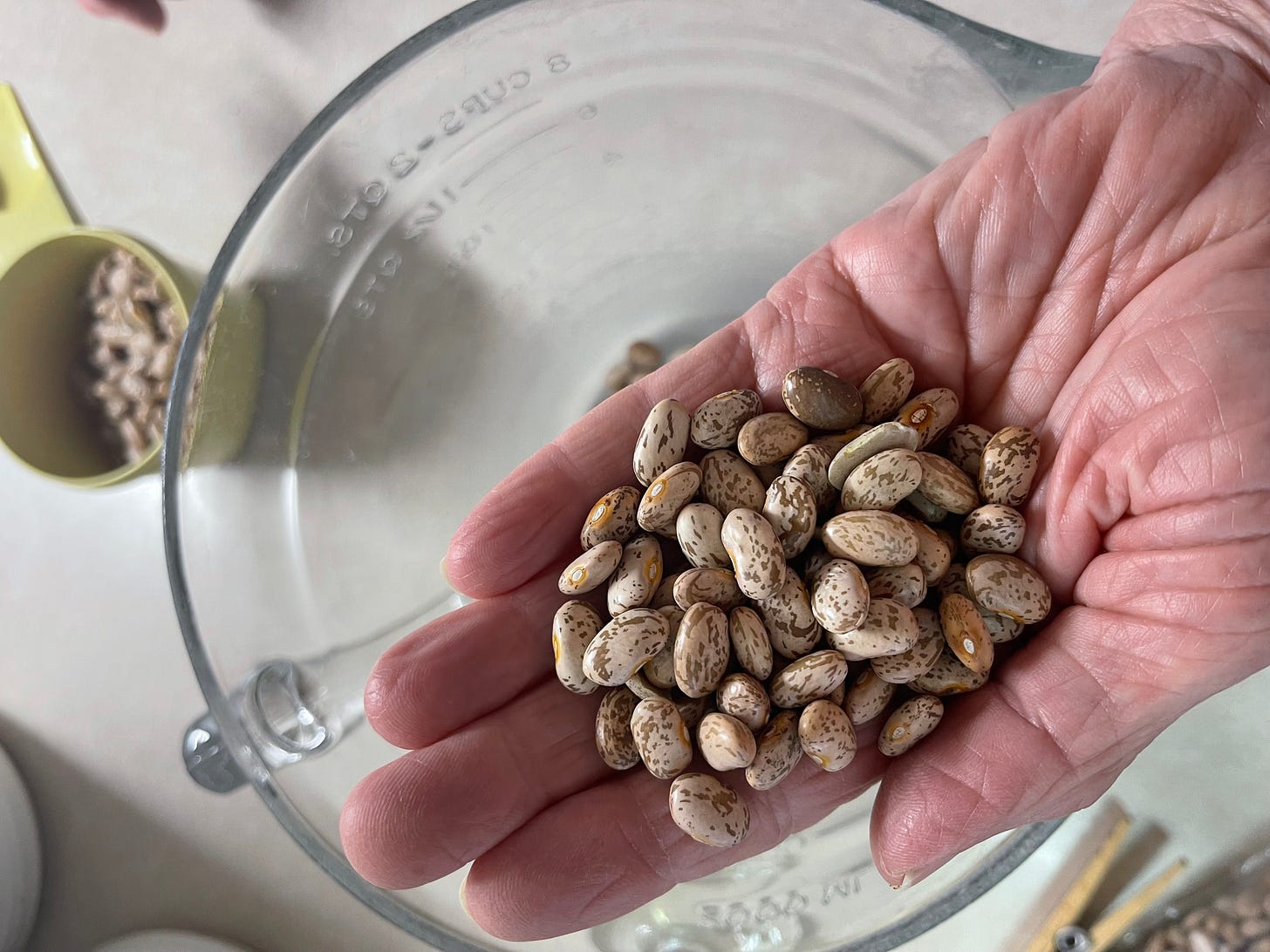I have been surrounded by food since I was a little girl. As an only child, in my formative years, my mother would keep me in the kitchen with her while she made us dinners. There were roasts with potatoes and carrots on Sundays, fried pork chops, and roasted chicken throughout the week, and there was always a lingering pan of brownies or cake in the kitchen to pick on. I loved the kitchen, the sounds the smells. I was fascinated by the way she and my grandmother talked about food needing to “marry” and “marinate”. As I grew older and my love of food expanded I began to fall in love with the tranquility of chopping, the way one hand feeds the knife food to rhythmically chop with the other. Simmering sauces on the stovetop was music to my ear. And feeding others became my love language.
As my love of cooking and food expanded it became clear it was more than just fresh fruit pavlovas in the spring, veggie frittatas in the summer, and warming squash soups in the winter. Food was how I connected with my family. Food was what brought people together to tell stories, laugh, and spend time face-to-face. Food facilitated family fights, food cradled middle school tears, food accompanied every holiday and birthday, and there is nothing like fried chicken at the end of the day on the lake or in the pool.
Fried chicken, pinto beans, biscuits, and gravy were soul foods that permeated my childhood. I remember one particularly enveloping summer day. My friends and I spent the whole day in their pool. My parents came to the house for dinner, where my friend’s mother had made fried chicken, gravy, and a peach cobbler. The adults sat around the table eating, while we sat around the fire wrapped in soft striped towels. We spent the night playing games with the adults who, several glasses of wine in, regaled us with stories of their own childhoods.
Growing up biscuits were made solely from scratch, and always with Crisco. Lard was the chief of all of my favorite childhood foods. Everyone would claim their mother's or grandmother’s biscuits as the best, but I knew my grandmothers were.
The fruitcake story
My mother grew up on biscuits for breakfast. She would tell me how her mother would wake her with the smell of fresh biscuits in the morning. She would slather them in homemade chocolate gravy that, I suspect is not good brain food but, I know is a balm for the soul. My grandmother was also raised on biscuits, her knowledge of them came from her own mother. Her mother made them for breakfast as well. They were accompanied by eggs, bacon, country ham, tomatoes from the garden, and of course chocolate gravy.
Biscuits were not the only food that drifted through my childhood. Pinto beans were another ubiquitous staple of my family experience.
My grandmother was raised on pinto beans. Every weekday her mother would set them on the stove at breakfast to be ready for lunch. Lunch was the daily meal of significance in her home. Her father would return from work, the children would return from school, and friends would come to join them for lunch at my great-grandma Carroll’s home. She would serve fried chicken, yeast rolls, turnip greens, creamed corn, cornbread, and of course pinto beans. Her father tended their family garden, and my grandmother told me he would always bring in green onions and tomatoes to serve with the beans.
Growing up my grandmother stayed with us often to help my mother out as she had my sisters. Pinto beans were a given dinner anytime she was with us. She would make cornbread for the base of the meal and we would cover our triangular slices with the beans and the broth. Sometimes that was the meal, other times it was accompanied by fried pork chops and apple sauce. That meal was a comfort to me. It was warm and safe, and it always seemed to be served in the fall. On the best days, I would come home from school and the smell of pinto beans and cornbread would greet me at the door. No matter what had happened that day I felt safe when that smell encompassed me. She and I would sit on the back porch before dinner and I would tell her about my days, and she would offer a listening ear or advice. One year she taught me to knit and we would sit together and she would patiently help me practice.
The beans never defined our time together, but I have come to see them as the nucleus of our shared experience.
Every family has their own “pinto beans and biscuits”. The food is not what matters, rather it is the sharing of stories and the passage of learning from one generation to the other. Food binds us together, it warms our stomachs and lends us more willingness to laugh and cry and communicate. I see the table as the most pivotal gathering space for friends and family. It is a place where we gather. It is a sanctuary from the outer world. It is vulnerable in nature. It is safety. It is nourishment for the body and the soul.
I recently visited my grandmother’s house in an endeavor to learn more about her and my grandfather. I was also dying to learn how to make the mythical pinto beans.
It is a feat that requires patience, these are freshly made beans. They require soaking and several hours of cooking.
Sort the beans (2 cups), and remove the broken and rotted beans. Look out for the occasional rock.
Rinse the beans twice and put them in hot water on the stove. Turn the heat on low. Place the lid on and use a toothpick between the lid and the pan to ventilate. Simmer for 2 hours. (Or soak beans overnight).
Rinse the beans, put fresh water in the pot, and bring to a boil. Simmer for 2-3 hours until tender.
Add 2 Tablespoons of vegetable oil and salt to taste.
A story of chickens and table traditions, and how they changed.






